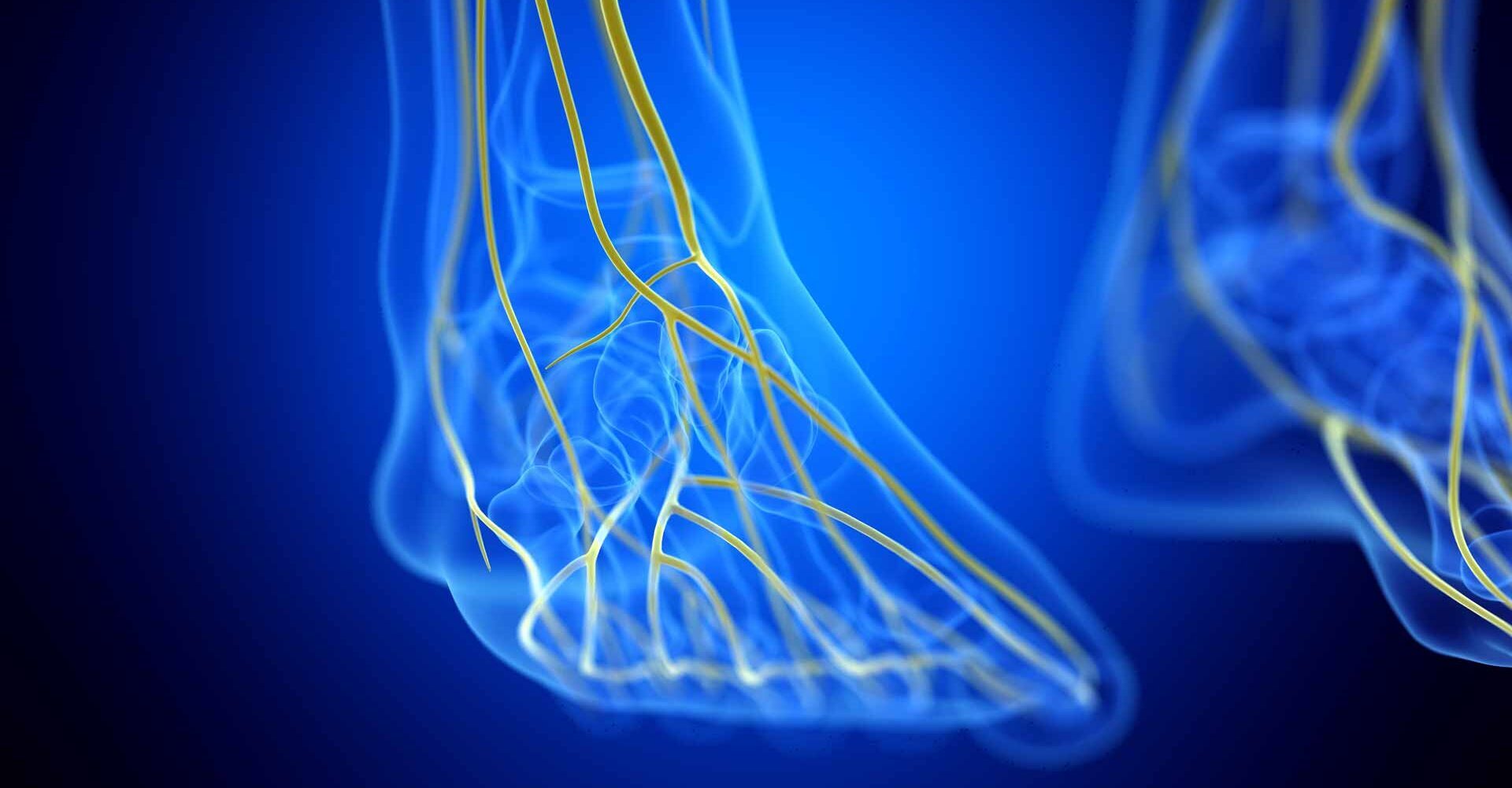
Understanding Small Fiber Neuropathy: A Comprehensive Guide
Small fiber neuropathy (SFN) is a complex and often misunderstood condition that affects the small nerve fibers in the peripheral nervous system. These tiny nerve endings are responsible for transmitting sensory information, such as pain and temperature sensations, from the skin and internal organs to the brain.1 When these nerve fibers become damaged or dysfunctional, it can lead to a range of symptoms and challenges for individuals living with SFN. In this comprehensive guide, we’ll explore the causes, symptoms, diagnosis, treatment options, and practical strategies for managing SFN.
Introduction to Small Fiber Neuropathy
SFN is a type of peripheral neuropathy characterized by damage to the small myelinated Aδ and unmyelinated C nerve fibers.1 These fibers are responsible for transmitting sensory information, including pain, temperature, and touch sensations, from the skin and internal organs to the brain and spinal cord. Unlike large nerve fibers, which control muscle movement and vibration sensation, small nerve fibers primarily convey sensory information related to the skin’s surface and autonomic functions.2
Causes and Risk Factors
About half of all SFN cases happen for no known reason. However, several underlying conditions and risk factors are associated with SFN. One of the most common causes is diabetes mellitus, particularly in individuals with poorly controlled blood sugar levels.1 Other medical conditions linked to SFN include autoimmune diseases (e.g., Sjögren’s syndrome, lupus), genetic disorders (e.g., Fabry disease), infections (e.g., HIV, Lyme disease), alcohol use disorder and exposure to certain medications or toxins. Additionally, genetic predisposition and environmental factors may play a role in the development of SFN.22
Symptoms and Clinical Presentation
The symptoms of SFN can vary widely among individuals and may include:
- Burning pain, tingling, and/or numbness, often described as a “pins and needles” sensation.

- Hypersensitivity to touch or temperature changes. Everyday occurrences like a breeze touching your skin or the brushing of fabric against your body can commonly trigger discomfort. For instance, simply pulling up a bedsheet may lead to a sudden onset of intense tingling sensations.
- Altered sensations, such as feeling like wearing socks when barefoot or experiencing electric shock-like sensations. These sensations can also impact balance and coordination.
- Autonomic symptoms including dry eyes and mouth, gastrointestinal issues, and abnormal sweating patterns.3
The clinical presentation of SFN depends on the location and extent of nerve damage, with symptoms typically affecting the distal extremities, such as the hands and feet, initially and progressing proximally over time.
Diagnosis and Evaluation
Diagnosing SFN can be challenging due to its diverse clinical manifestations and overlapping symptoms with other neurological disorders. A comprehensive evaluation typically involves a thorough medical history, physical examination, and specialized diagnostic tests. Skin biopsy, which assesses the density of intraepidermal nerve fibers, is considered the gold standard for diagnosing SFN.2 Unlike traditional electromyography/nerve conduction studies (EMG/NCS), which may be normal in SFN, skin biopsy can detect small fiber pathology. Additional tests, such as autonomic testing and blood work to rule out underlying causes, may also be recommended.
Treatment and Management Options
Management of SFN often requires a multidisciplinary approach aimed at alleviating symptoms, optimizing function, and addressing underlying contributing factors. Treatment options may include:
- Pharmacological Interventions: Medications such as antidepressants (Duloxetine), anticonvulsants (Pregabalin, Gabapentin), and topical agents may help manage pain and sensory symptoms.
- Lifestyle Modifications: Adopting a healthy lifestyle, including regular exercise, balanced nutrition, stress management, and smoking cessation, can improve overall well-being and symptom management.

- Complementary Therapies: Techniques such as physical therapy, acupuncture, massage, and relaxation exercises may provide additional relief and improve quality of life.

- Symptom-Specific Interventions: Addressing autonomic symptoms with targeted therapies, such as artificial tears for dry eyes or medications for gastrointestinal symptoms, can help alleviate discomfort and improve function.
Living with Small Fiber Neuropathy
Living with SFN can present unique challenges and impact various aspects of daily life. Coping strategies for managing chronic pain and sensory disturbances may include mindfulness practices, pacing activities, and seeking social support from family, friends, and support groups. It’s essential for individuals with SFN to prioritize self-care, monitor symptoms closely, and communicate effectively with healthcare providers to optimize symptom management and overall well-being.
Patient Perspectives and Support Resources
Personal stories and testimonials from individuals living with SFN can provide valuable insights and inspiration for others navigating similar challenges. Patient advocacy organizations, support groups, and online communities offer a wealth of resources, information, and support for individuals affected by SFN and their caregivers. These platforms can help foster connections, share experiences, and empower individuals to advocate for their needs and access appropriate care and support services. The Foundation for Peripheral Neuropathy is an excellent resource for those seeking further information and support.
Conclusion
SFN is a complex and multifaceted condition that can significantly impact quality of life and daily functioning. By understanding the causes, symptoms, diagnosis, and treatment options for SFN, individuals affected by this condition can better navigate their journey and proactively manage their health and well-being. With a holistic approach to care, including multidisciplinary interventions, lifestyle modifications, and ongoing support, individuals living with small fiber neuropathy can strive to lead fulfilling and meaningful lives despite the challenges they may face. If you or someone you know needs help with the diagnosis or management of SFN, please contact us at Desert Spine and Sports Physicians, where our expert Arizona board-certified physiatrists with fellowship training in Interventional Spine and Musculoskeletal Medicine are experts in helping reduce pain and improve function.
References:
- Oaklander AL, Lunn MP, Hughes RA, van Schaik IN, Frost C, Chalk CH. Treatments for small fiber neuropathy. Cochrane Database of Systematic Reviews. 2019(7).
- Yoon M-S, Chan-Smutko G, Green A. Small fiber neuropathy: a burning problem. Cleveland Clinic Journal of Medicine. 2015;82(1):29-31.
- Finsterer, J., & Scorza, F. A. (2022). Small fiber neuropathy. Acta neurologica Scandinavica, 145(5), 493–503. https://doi.org/10.1111/ane.13591Bottom of Form
